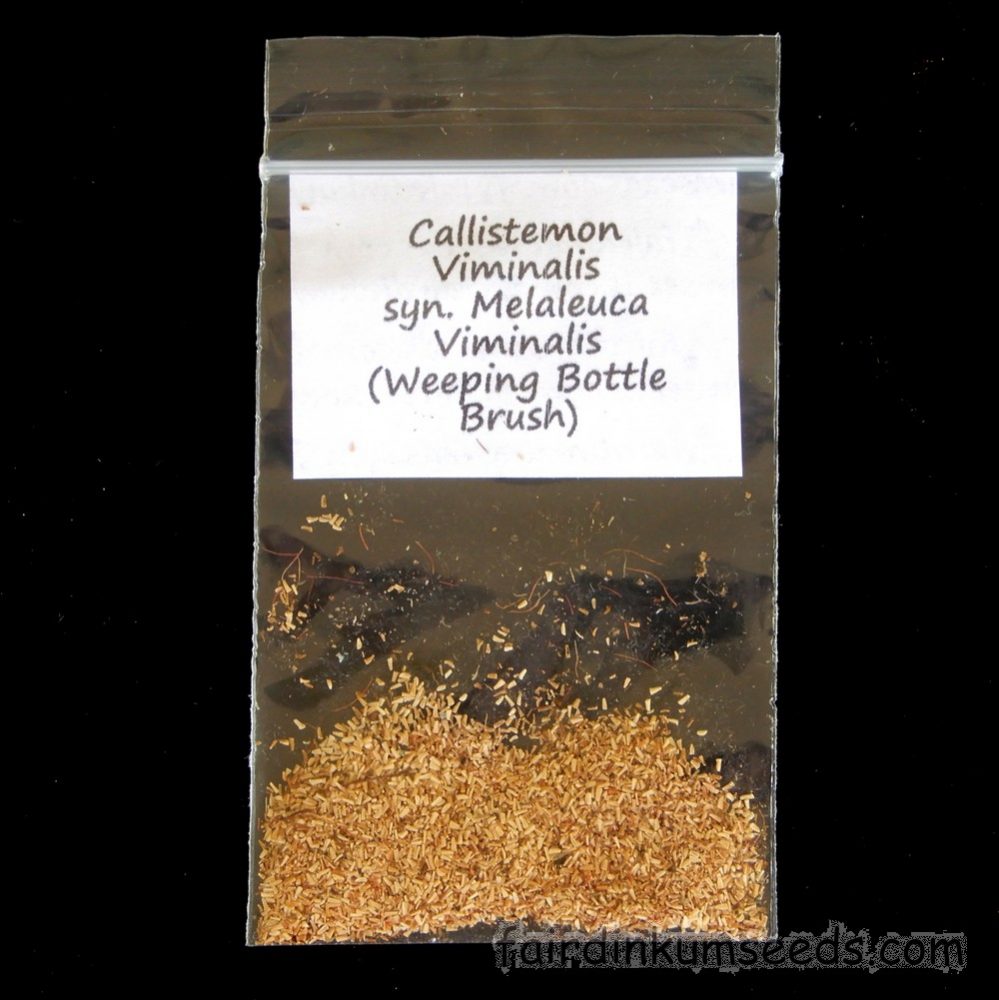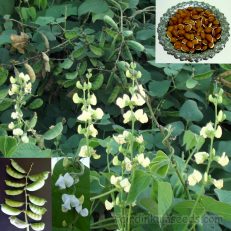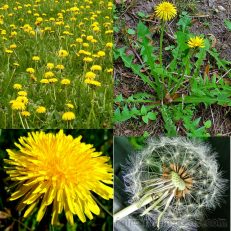Please read text!
Weeping Bottle Brush Callistemon Viminalis Melaleuca Seeds
Packet of 200+ tiny dust like seeds!
Super easy to grow, just sprinkle on sandy soil and keep nice and moist.
Some folks put cling wrap or a clear plastic bag over the pots, some folks sit the pots in a dish of shallow water.
I don’t bother with either and I still get ~90% germination within a month.
These seeds are from the local species that grows along the creeklines and riverbanks of our district.
They are not the modern hybrid or named cultivars that you see in the big box garden centres.
This is the most popular species of all the bottle brushes commercially available and this one in particular looks great.
Large multi-stemmed trunks, bright red flowers many times a year, weeping foliage, interesting seed pods and super hardy.
Here they grow up on the dry rocky ridges, or even submerged in water, supporting the riverbanks and preventing erosion when we get the big floods.
There has been a bit of debate between states about whether these are Melaleuca or Callistemon with Callistemon being most common, but Melaleuca being most technically correct.
I think the latter, clearly, but some state and government organizations strongly disagree so I won’t waste time talking about that.
I just have just put both names on the label to prevent customs dramas.
I can say it has (and still is) also been know by the following names.
Callistemon viminalis, Melaleuca viminalis, Metrosideros viminalis, creek bottlebrush, bottle brush, red bottlebrush, Treur botteborsel, Norjalamppuharja, Cheel, and Barap lei.
The popular named cultivars Captain Cook, Wollumbin, Rose Opal, Dawson River Weeper, Prolific, Hen Camp Creek, Hannah Ray, Wild River, Bob Bailey, are all selections of Callistemon viminalis too so it makes a great base for creating hybrid lines.
While originally only found in New South Wales, Queensland and the Kimberley region of Western Australia, they are now grown on a massive scale all around the world as street and park trees.
Traditional uses include as a diuretic and for relieving problems of the urinary tract and for urinary incontinence and bed-wetting in children. Apparently it is used in Jamaica as a hot tea for the treatment of gastroenteritis, diarrhea, and skin infections too.
Studies show the oils in the plant are high in antibacterial, antifungal, anthelminthic, hemostatic, anthelmintic, and anti-inflammatory components, and they also make effective snail and insect killers.
Studies show a higher potency and effectiveness than Neem oil when used on caterpillars, something that should really be more widely known!
I have used a tea of the leaves to prevent flea beetle attack on Solanum species and I am going to do some larger scale trials later on down the track.
Anyway, there you have it, another handy ornamental native!
Wildharvested locally, no chems, no nasties no problems!!!






